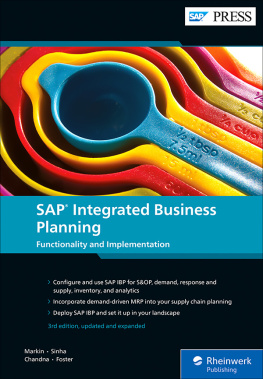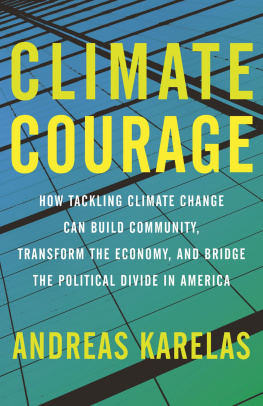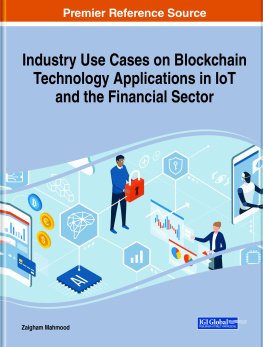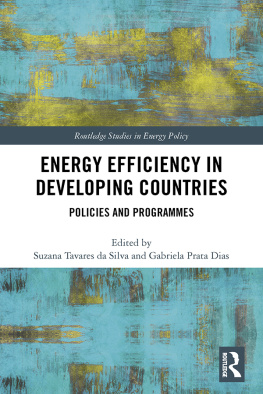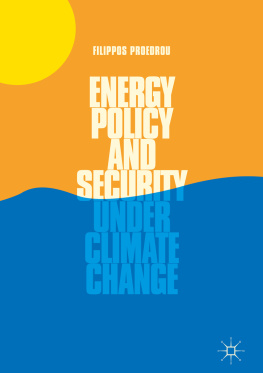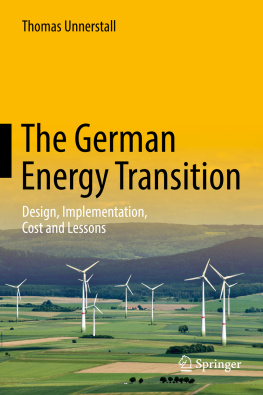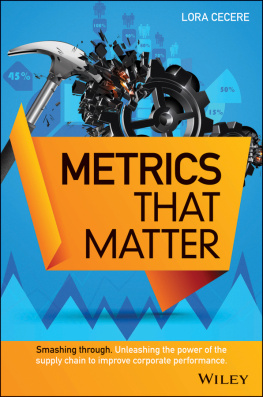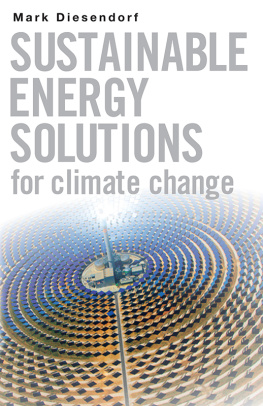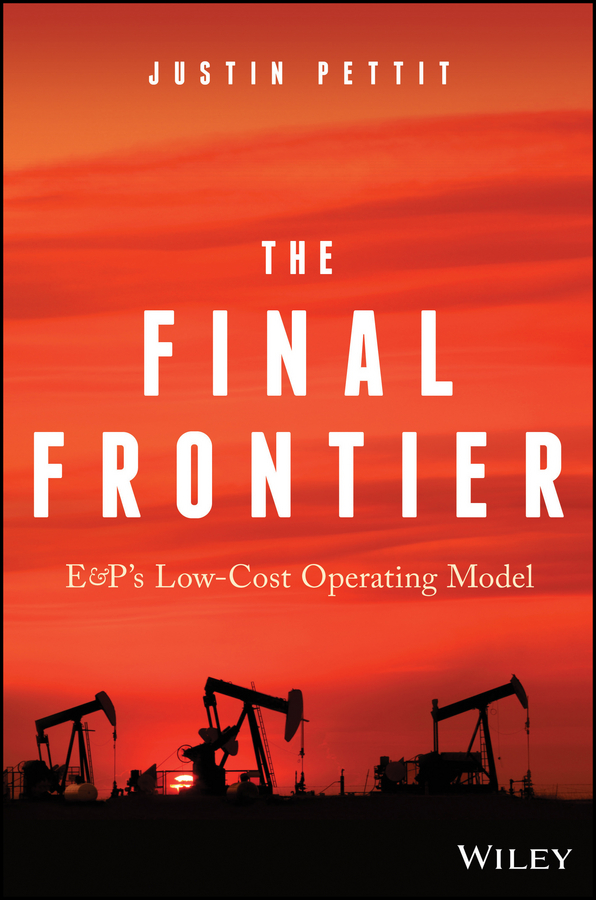Justin Pettit - The Final Frontier: E&P’s Low-Cost Operating Model
Here you can read online Justin Pettit - The Final Frontier: E&P’s Low-Cost Operating Model full text of the book (entire story) in english for free. Download pdf and epub, get meaning, cover and reviews about this ebook. year: 2017, publisher: Wiley, genre: Business. Description of the work, (preface) as well as reviews are available. Best literature library LitArk.com created for fans of good reading and offers a wide selection of genres:
Romance novel
Science fiction
Adventure
Detective
Science
History
Home and family
Prose
Art
Politics
Computer
Non-fiction
Religion
Business
Children
Humor
Choose a favorite category and find really read worthwhile books. Enjoy immersion in the world of imagination, feel the emotions of the characters or learn something new for yourself, make an fascinating discovery.

- Book:The Final Frontier: E&P’s Low-Cost Operating Model
- Author:
- Publisher:Wiley
- Genre:
- Year:2017
- Rating:3 / 5
- Favourites:Add to favourites
- Your mark:
The Final Frontier: E&P’s Low-Cost Operating Model: summary, description and annotation
We offer to read an annotation, description, summary or preface (depends on what the author of the book "The Final Frontier: E&P’s Low-Cost Operating Model" wrote himself). If you haven't found the necessary information about the book — write in the comments, we will try to find it.
The Final Frontier parses the evolution of the oil and gas sector to map out a plan for going forward. The global energy industry is huge, and it is in disarray; between low oil and gas prices, climate change, rising development costs, and ever-mounting regulations, the need for change has been made crystal clearbut planning is much easier than implementation, and stasis is not progress. This book shows how redesigning internal operating models can bring about the necessary change in the implementation of upstream capabilities-driven strategies. From integrated, national, major, and independent oil companies, to the service companies in the upstream supply chain, there isnt an enterprise in the sector that cannot benefit from reduced costs and increased efficiency. Knowing that change is necessary is not enoughthis book shows you what to change, and how to change it to get off the treadmill and start moving forward.
With expert guidance through each redesign element, this insightful guide provides more than simply ideas: it provides real, practical guidance on transforming operations to keep pace with the changes and create lasting advantage.
- Identify the most relevant organizational capabilities for your resource portfolio, as well as the changes that can translate into savings and efficiency
- Build a workable plan for real-world implementation
- Redesign the operating model most suited to the needs of your business on an organization-wide basis
- Learn what to do differently and how to do it differently
The energy industry has made great strides: our understanding of the global resource base, the nature of ownership and principal stakeholders, new technologies for resource development, and our economics and business models have all undergone a tremendous revolution, but now the more difficultand more valuabletask begins. The Final Frontier helps you navigate the future and implement the changes necessary to avoid getting left behind.
Justin Pettit: author's other books
Who wrote The Final Frontier: E&P’s Low-Cost Operating Model? Find out the surname, the name of the author of the book and a list of all author's works by series.


